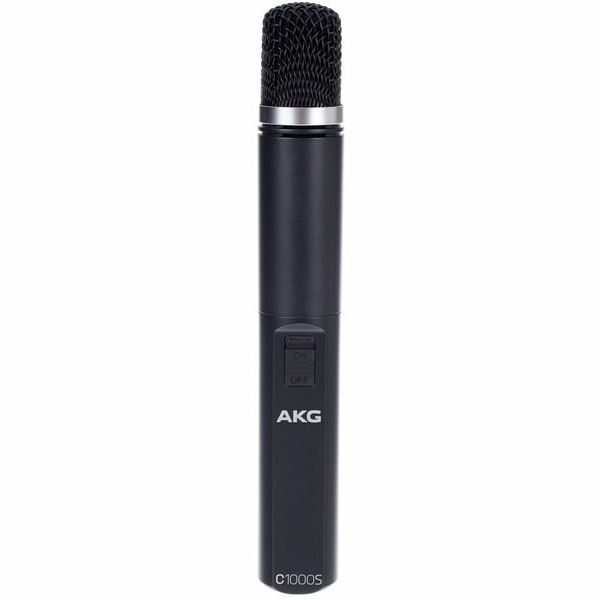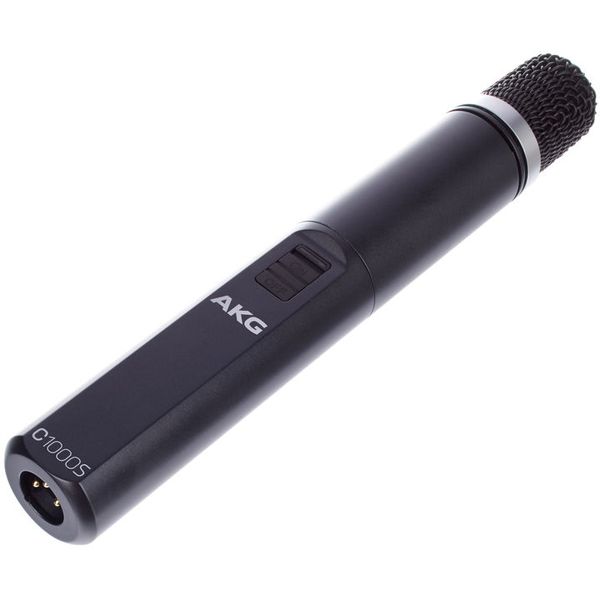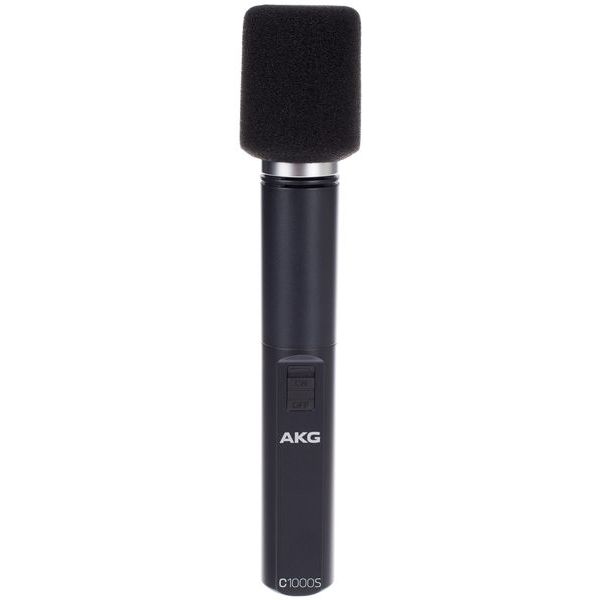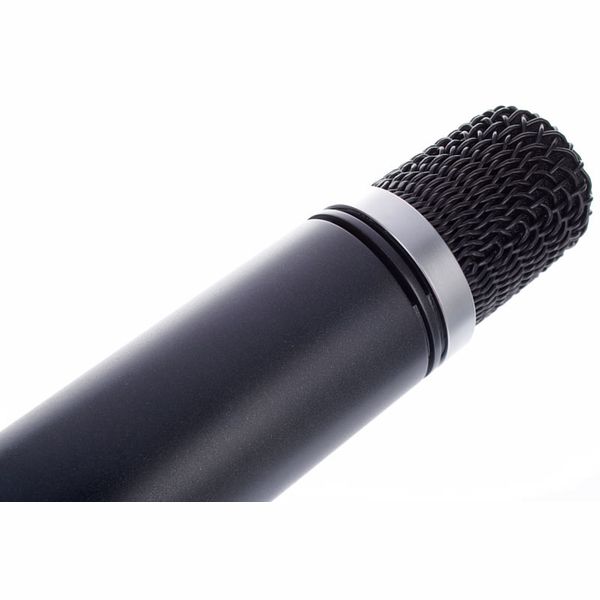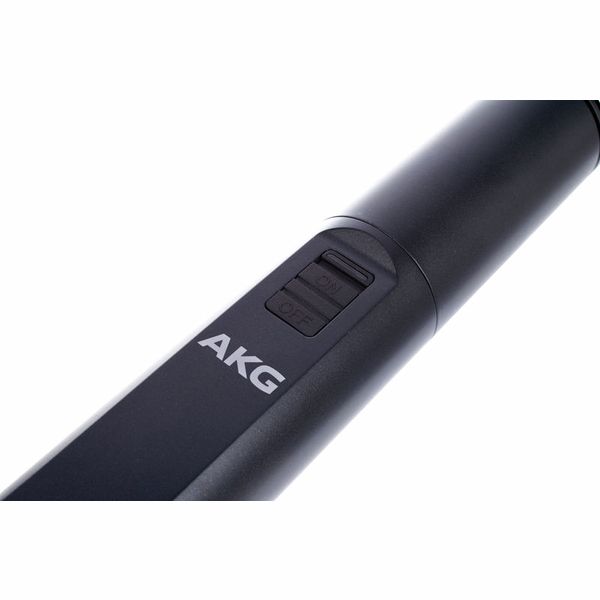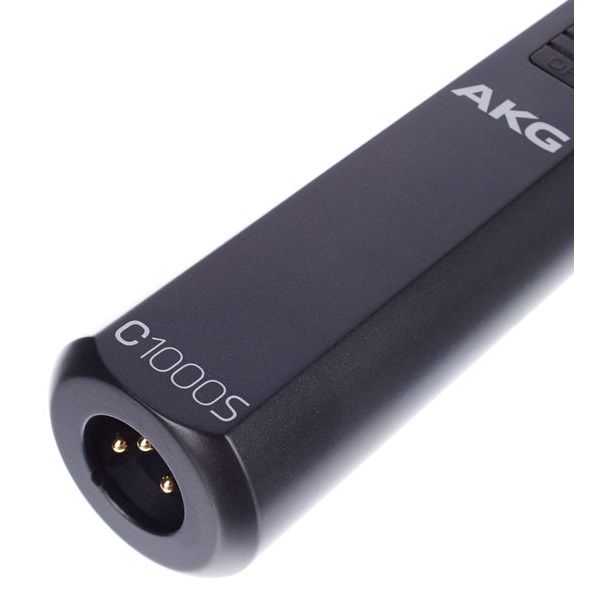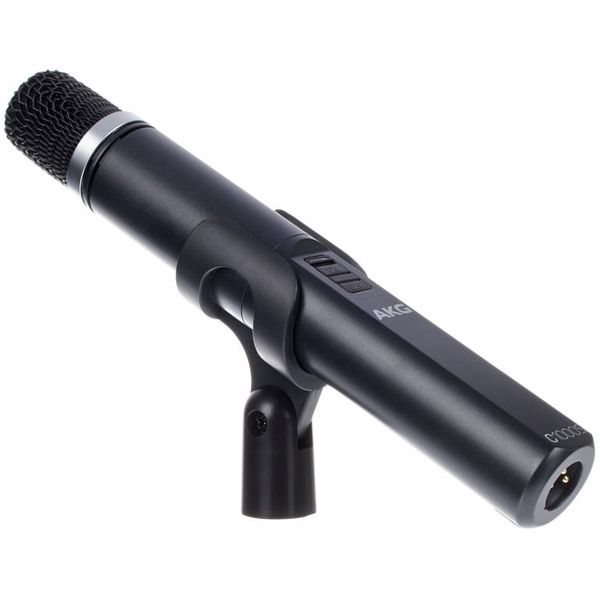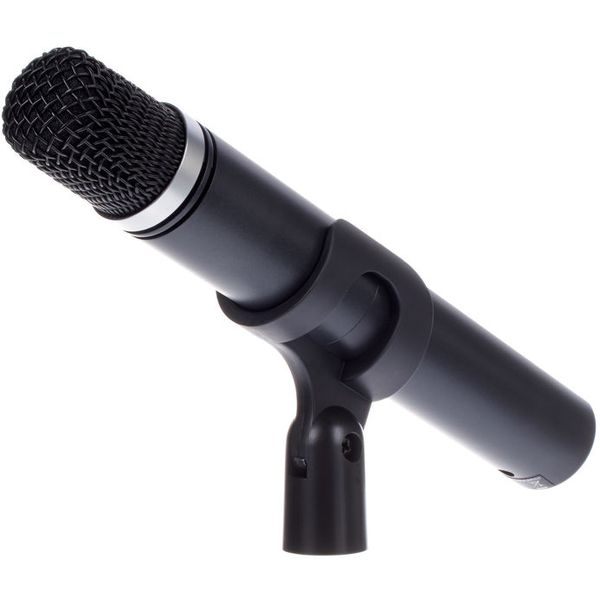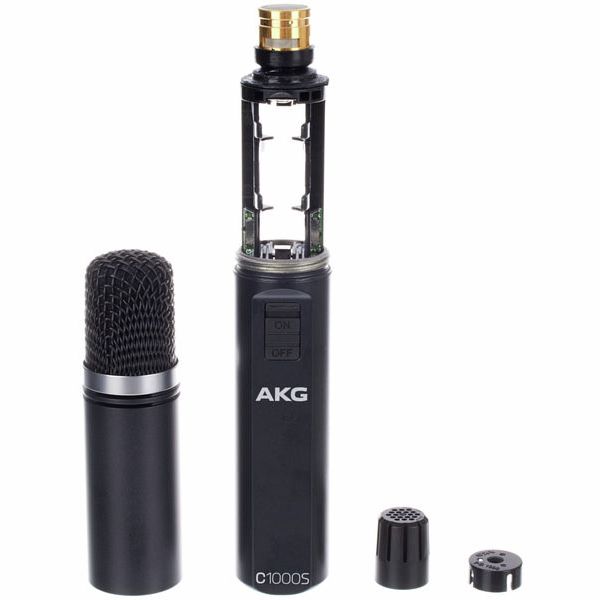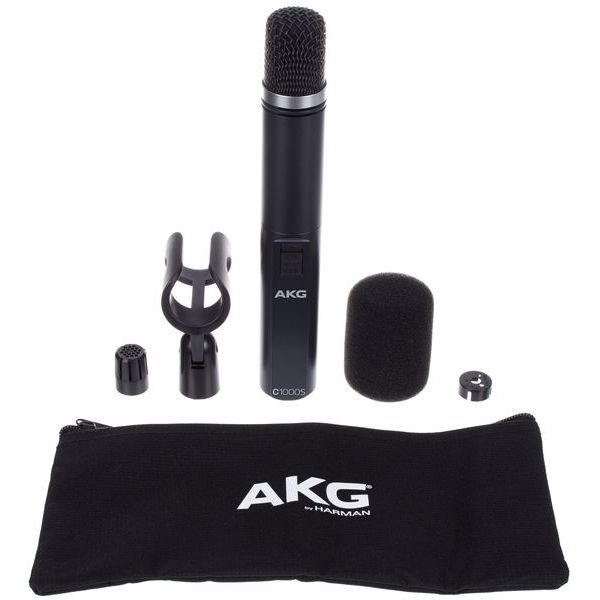My first chance to try out the new version of this popular microphone. I have used all versions of this microphone since it's introduction, and this is the the best yet. Apart from the obvious colour change to the outer case the obvious operational differences from its predecessors are the change of battery type from the 9v PP3 to AA cells and the on/ off switch. I have always used these microphones in phantom power mode and have no experience of battery operation, but AA cells should provide a much longer operational period. The new large actuator for the on / off function now controls the microphone in phantom power mode as well as battery operation (this may catch older users out the first time). The switch is easier to use but is slightly confusing in its presentation. I just set it to ON and leave it there.
The un-obvious change is the provison of attenuator and bass-cut selector switches. These are hidden on the circuit board inside the metal wind shield. These greatly extend the versatility of the microphone.
I use the microphones in home studio and PA operation and I find them a good general purpose microphone with few vices. I use them for instrument microphones and they work well for strings, acoustic guitar, and also woodwind in the studio, without the hyper-cardioid adaptor. It is not advisable to use themicrophone for PA applications without this adpator fitted , as the pick up field is too wide and feedback issues may occur.
The negative side of the product is the carrying case. At times the C1000 has been supplied in either a plastic or metal box, with sutable foam inserts. My unit was supplied in the zipped carrying bag ( black now instead of blue). My experience of these bags is that the microphone is not well protected, the zip fails, and the presence and hyper- cardioid adpators are easily lost if not carried inside the microphone itself. ( I tend to fit the hyper-cardioid , and put the presence adaptor in the battery compartment as I don't use a battery)


